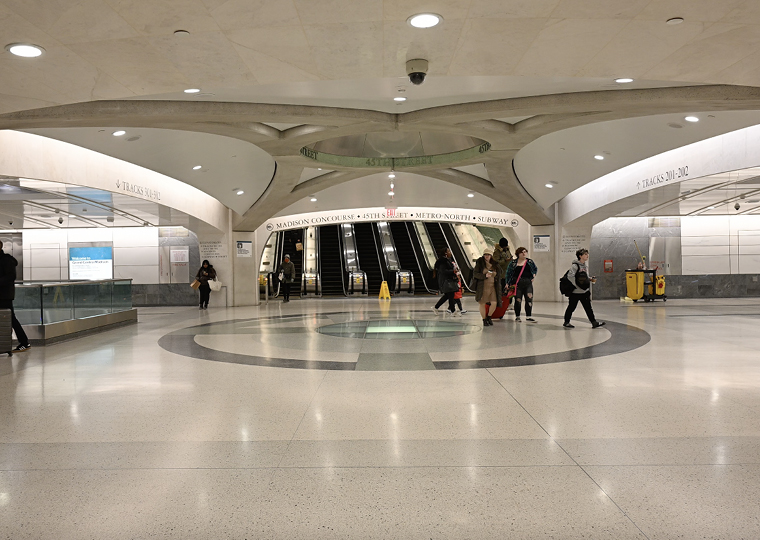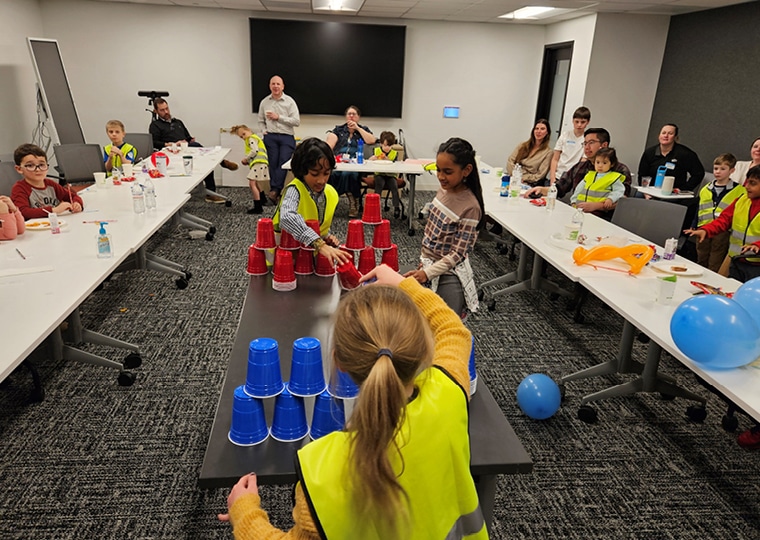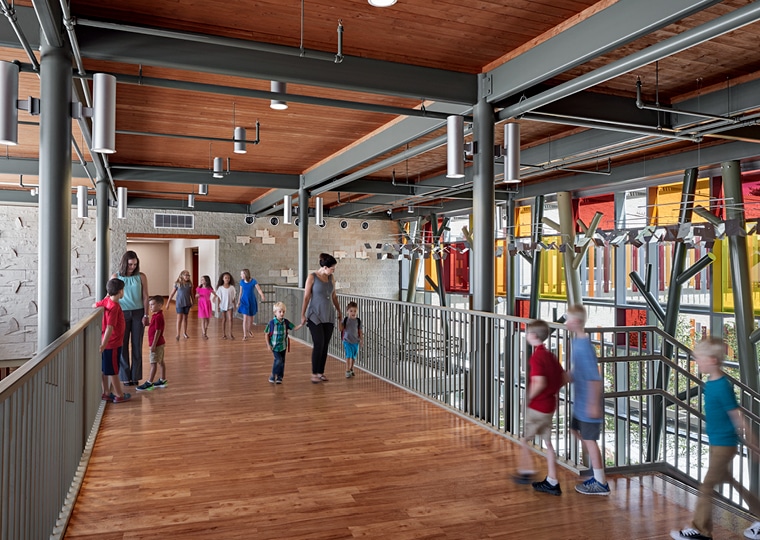During an emergency, community hospitals often serve as havens for healing. But on October 29, 2012, NYC Health + Hospitals/South Brooklyn Health, formerly known as Coney Island Hospital, proved to be just as vulnerable to the impacts of a generational weather event, as any other facility.
On that day, Superstorm Sandy made landfall in South Brooklyn, generating the highest storm tide in New York history. Eyewitness accounts described Ocean Parkway – the main thoroughfare on which the hospital resides – as looking like the ocean itself. The tidal surge started to overtake the hospital’s parking lot, and then the main lobby itself. In a matter of moments, knee-high water shut down the hospital’s boilers and servers, cutting off the facility’s electrical supply and emergency power. Soon, more than 150,000 square feet of the hospital was underwater. Within a few hours, the 371-bed facility was forced to evacuate more than 220 patients, and the hospital was shut down for three months.
Ten years later, South Brooklyn Health has reached a new era – one that includes a more resilient campus that has been designed and built to withstand 500-year flood levels. STV, on behalf of the New York City Economic Development Corporation (NYC EDC), and in association with Group PMX, is serving as the program manager administering $992 million that was disbursed by the Federal Emergency Management Agency (FEMA) for renovations at the South Brooklyn Health campus, including the centerpiece – a new state-of-the-art 11-story tower – that has been aptly named for the late Supreme Court Justice (and Brooklyn native), Ruth Bader Ginsburg.
The South Brooklyn Hospital project is the largest piece of a broader, $1.7-billion capital improvement plan, that includes resilience improvements at four sites owned by NYC Health + Hospitals that were damaged during Superstorm Sandy.
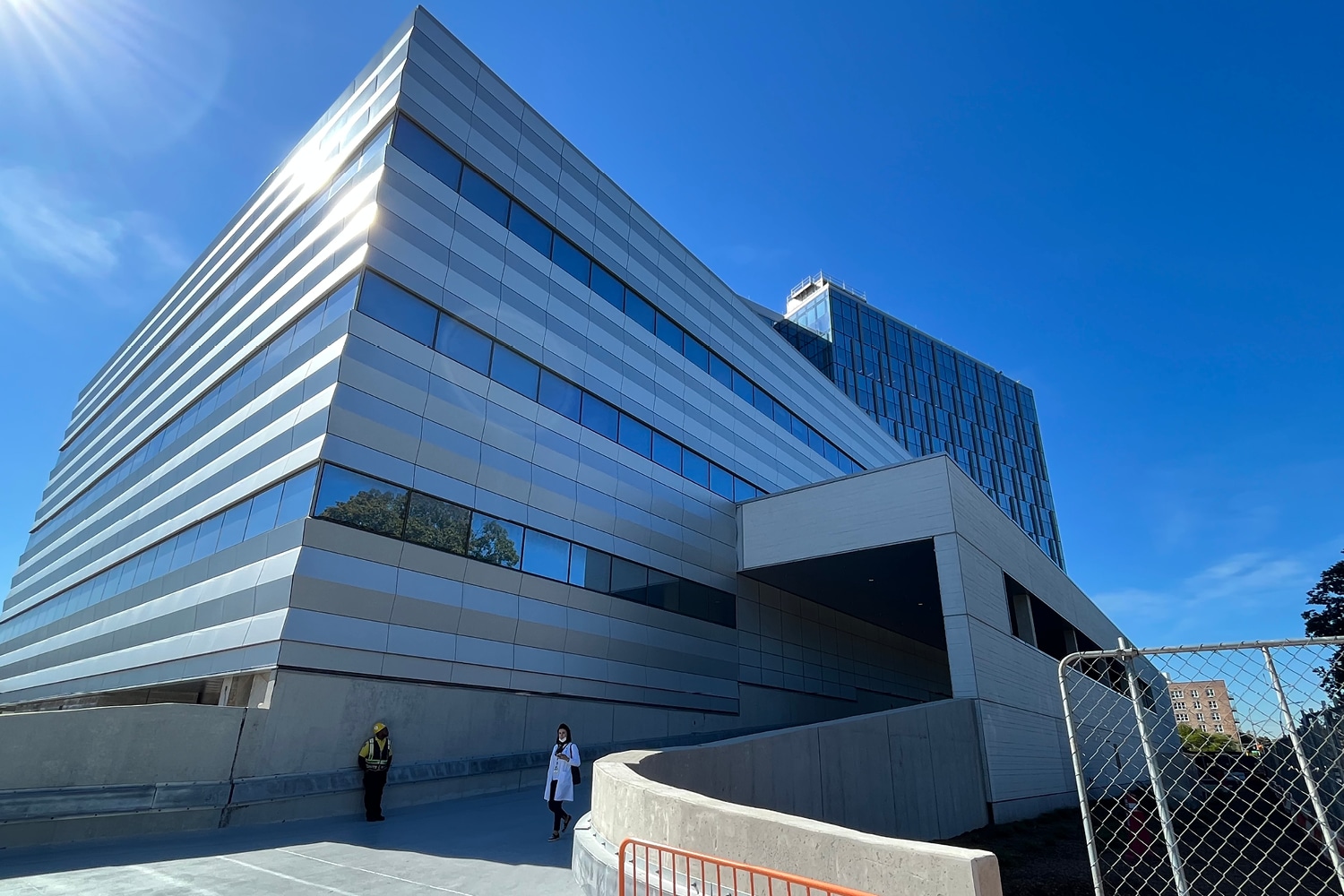
“As one of the largest FEMA-funded healthcare projects in the nation, it’s taken a lot of coordination with various stakeholders to get to this point, but we’ve reached an exciting moment for this vital piece of community infrastructure,” said Julie Valerio, LEEP AP BD+C, STV senior associate and senior project management. “On top of that, we worked through various challenges related to the COVID-19 pandemic. The entire project team is definitely feeling a sense of accomplishment.”
NYC Health + Hospitals recently celebrated the dramatic transformation of the hospital and its imminent completion at a ceremony that also doubled as an unveiling of a statue of Ginsburg, which now resides in the main lobby of the new patient tower.
Ginsburg’s “legacy is evident in Health + Hospital’s mission, which is to help all New Yorkers lead their healthiest life,” aid Svetlana Lipyanskaya, CEO of NYC Health + Hospitals South Brooklyn Health Ruth Bader Ginsburg Hospital.
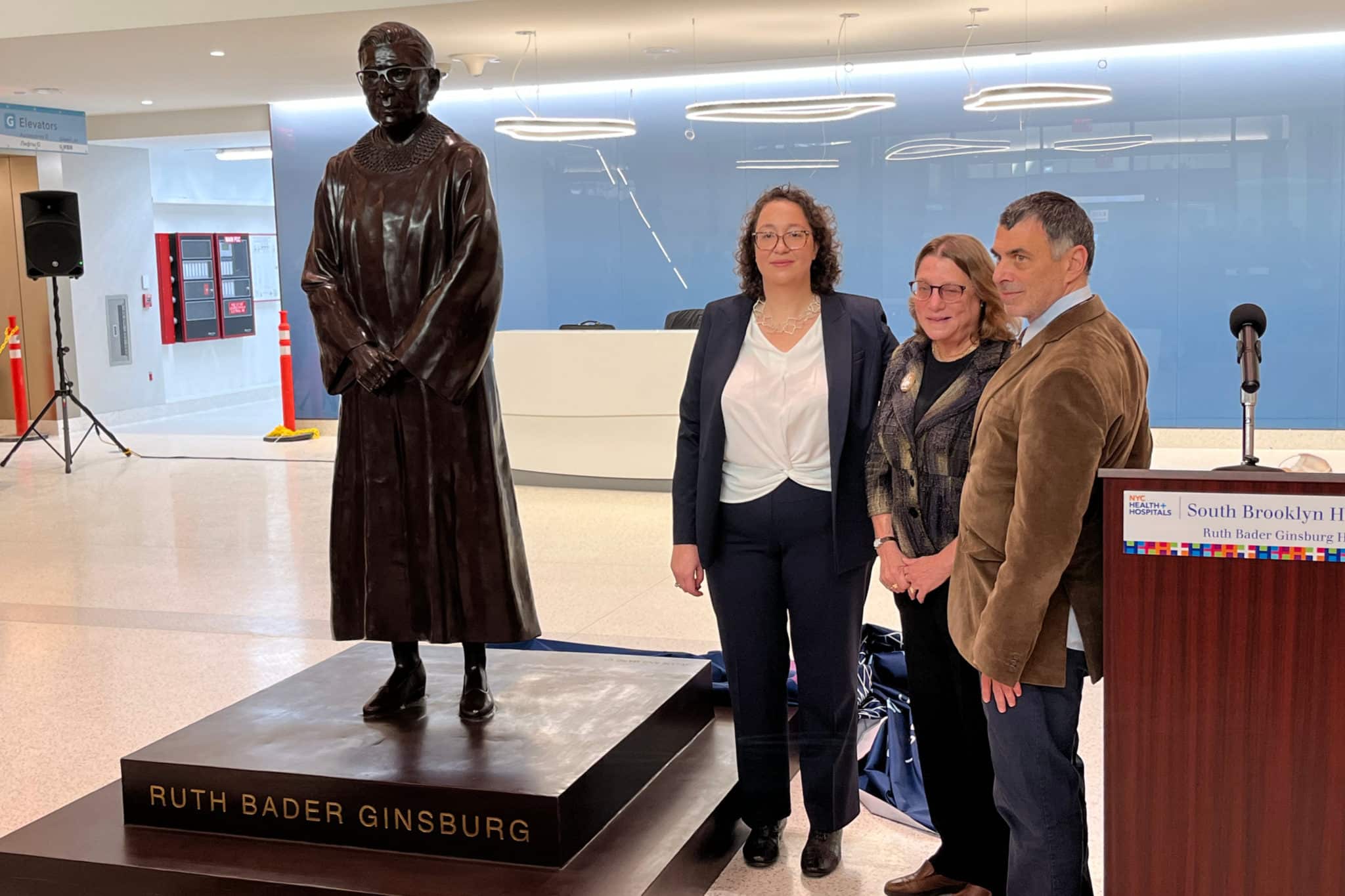
The 350,000-square-foot tower includes a new elevated Emergency Department; a surgical suite with eight operating rooms; a full-suite of diagnostic and imaging services, including CT scanner, MRI, and interventional radiology; 64 behavioral health beds; and a clinical laboratory equipped with the latest technology. Other resilience features include a new flood wall that will envelope the entire hospital campus and vital facilities within the campus, as well as the installation of new storm and sanitary drainage pumps, electrical equipment and generators.
As part of this successful program, more than $125 million has been paid out to MWBE team members.
STV and the project management team were tapped by NYC EDC in large part due to their experience in providing construction owners project management services within the healthcare market sector. The firm’s project management and project controls staff were recognized for being skilled in managing capital program costs, schedule, and providing document control systems like e-builder PMIS software. However, in the months and years following Superstorm Sandy, STV has also built an extensive portfolio providing design and construction and program management services for resilience improvements at public infrastructure throughout the New York Metropolitan region.
“It was our PM/CM skills that opened the door with us with NYC EDC and NYC Health + Hospitals, but certainly our collective expertise in codes and standards related to resilience has provided added value to our client,” Valerio said.
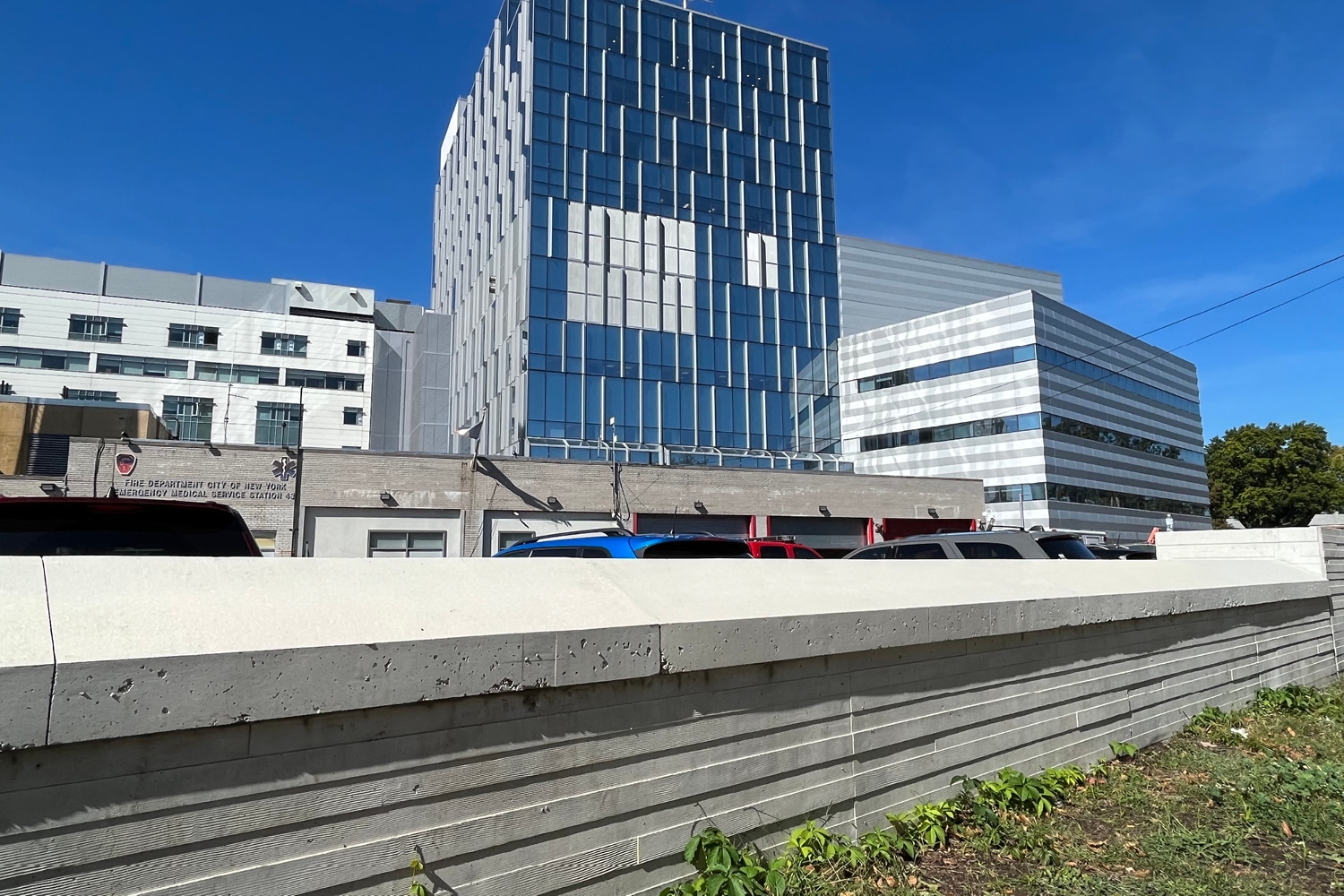
As it relates to South Brooklyn Health Ruth Bader Ginsburg Hospital, FEMA-requirements for new building construction are highly specific, so for the facility to continue to receive federal funding and the program to move forward, these guidelines need to be communicated to stakeholders and the construction team.
Communications about FEMA requirements was especially crucial for equipment procurement. While STV’s program management contract is with NYC EDC, the team provided additional services to NYC Health + Hospitals – the owner of the hospital – for the procurement of engineering medical equipment, IT systems, and fixtures, furniture and equipment. The team facilitated relations with more than 200 vendors, as well as other stakeholders and consultants to support this process and to make sure all purchases met FEMA’s standards. When the project was about 70% complete, the program management team vetted and executed more than 100 change orders, while minimizing impact on design, construction schedule and cost.
“We started this service during the design development phase and continued over the course of construction,” said Azzurra Pedrotti, procurement support manager. “We ultimately obtained more than $88 million in public funds, delivered 119 equipment RFPS, evaluated related bids and dispatched 247 purchase orders, all while closing the project on time and under budget.”
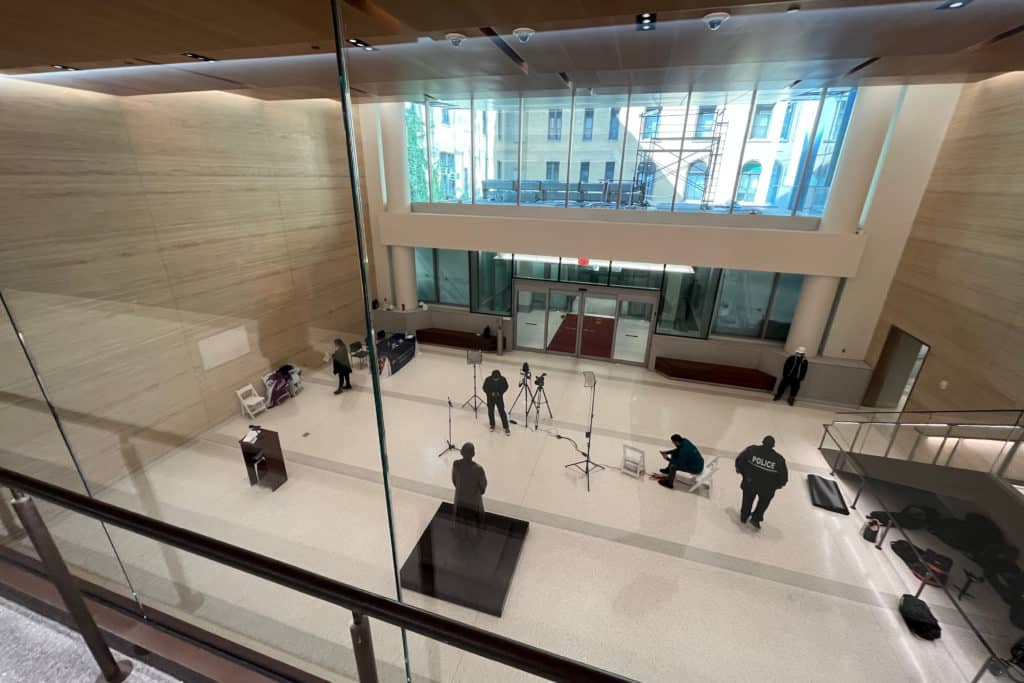
Additionally, over the course of the COVID-19 pandemic, the team managed global supply chain shortages and longer production lead times for over 50 pieces of equipment by adjusting purchasing orders and payment strategy, obtaining loaners, and making modifications to contracts.
As the program for the new tower reaches its finishing kick, the STV and the program management team team are also providing added value in supporting the hospital staff as they transition to the new facility. This includes scheduling walkthroughs and other meetings to go over new layouts within the building, new equipment, security and access, and other concerns related to the move in and full operation of the new facility.
“We’re working to establish a move plan and a move sequence with all of the various hospital stakeholders,” said Annfiera Jarvis-McPherson, project manager. “This new facility is introducing a lot of new exciting changes, so it’s all about keeping everyone informed and calm during the transition period.”
Share
Tags
Recent Posts
Project News
ACEC New York’s Coveted Empire Award Granted to Grand Central Madison/East Side Access
Grand Central Madison – the historic transportation project transforming commuter rail in New York’s Metropolitan region…
Social Responsibility
Owings Mills Team Hosts Activity-Packed Day for Future Engineers
Our Owings Mills, MD, team recently celebrated Engineers Week by hosting Take Your Kid to Work…
Industry Trends
Blueprint for Safe Haven: The Role of Design in School Security
The evolution of design mirrors the shift in priorities for the communities STV serves — from…
